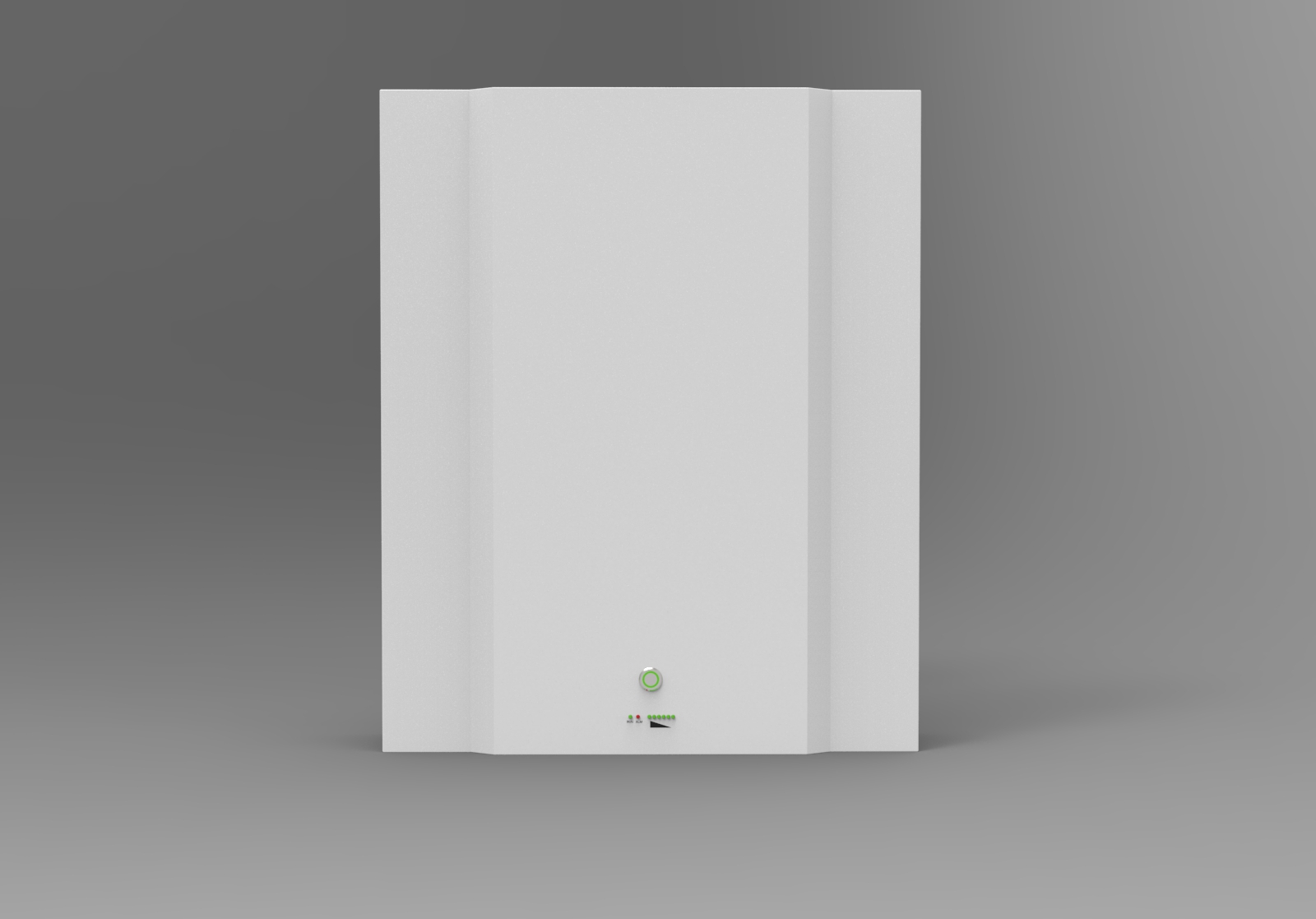- Home
- Product
By Nominal Voltage
12V Lifepo4 Battery Pack24V Lifepo4 Battery Pack48V Lifepo4 Battery PackHigh Voltage BatteryBy Mounting Method
RV Battery for Golf Car/YachtWall Mounted BatteryStackable Lithium BatteryRack Lithium BatteryFloor Standing BatteryLithium Battery with InverterPortable Power StationCommercial & Industrial
215kWh/241kWh Air-cooled ESS
 48V161Ah Powerwall Lifepo4 Battery for Solar Energy Storage
48V161Ah Powerwall Lifepo4 Battery for Solar Energy Storage - About us
- News
- Video
- Contact us
- FAQs
- English
-







